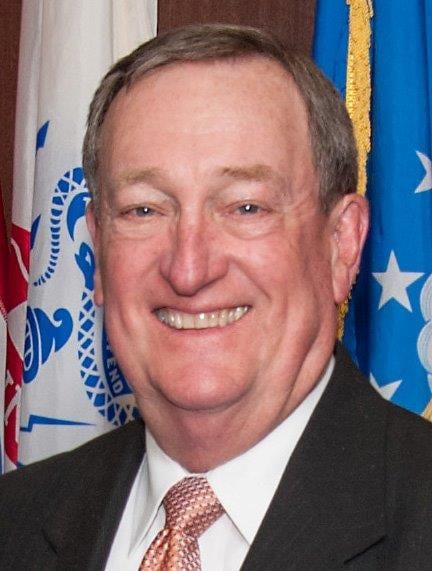My association with the National Guard has passed the half-century mark, but there is still much about this wonderful organization for me to learn. In fact, just recently, I learned that one of the bedrock principles of the Guard I've believed since first pulling on a pair of combat boots is wrong.
The Army National Guard, I was surprised to learn, is not interchangeable with the active-component Army. Nor was it ever meant to be.
This was a shock, but there it was in written testimony submitted to the National Commission on the Future of the Army by Army Secretary John McHugh and Gen. Ray Odierno, the service's chief of staff.
"Today, we need each Component in our Total Army to be complementary," they wrote. "They have never been interchangeable, nor should they."
Before I read this, I would have bet my retirement check that the Army Guard's core function is to be interchangeable with its green-suited brethren. That was the dogma in which I'd been immersed from the time I enlisted as an infantryman.
Maybe it's a definition problem. In my mind, if the regular Army needs more combat power, the Guard provides it. That, to me, defines interchangeable. I would imagine the commission sees it that way, too.
Never in my presence has the Army Guard been described as "complementary." Not once.
In fact, the only other time I've heard anything similar was in a speech by Gen. Odierno more than a year ago. He said then the capabilities of the Army and the Army Guard "are not interchangeable."

Retired Maj. Gen. Gus Hargett
Photo Credit: Courtesy of NGAUS
I thought maybe he misspoke. But here he was last month saying the same thing in public testimony to a panel charged with determining how the Total Army would confront future threats.
If he's right, then the Militia Act of 1903 has been repealed and no one told me. That law, also called the Dick Act, specifically requires the Guard to conform to the standards of the active component. Since then, guardsmen and active-component service members have attended the same schools, trained on the same equipment and operated under the same doctrine.
Even their formations have been identical.
This was reinforced by the 1993 off-site agreement which also realized the wisdom in maintaining a Guard that reflected the active component.
Look, no one expects the Army Guard to pack up this morning and fight tonight. That's not its purpose. That's the job of full-time soldiers. And they do it well, largely because of people like Odierno.
The Army Guard will join the fight later, fulfilling the combat-reserve mission for which it was created.
If McHugh and Odierno are right about the Army Guard and Army not being interchangeable, they have themselves to blame. It is their responsibility — their duty — to make them interchangeable. Taxpayers expect it.
But they are wrong — flat wrong — if they believe the Army Guard is not meant to be interchangeable with the full-time Army. The nation witnessed it in 2005 when roughly half of the maneuver brigades fighting the war in Iraq were from the Guard.
So I guess I've been right all along about that fundamental principle of the Army Guard. It is an interchangeable force. It is meant to step in when needed and take over the battle without a drop in effectiveness.
If the general and secretary see it otherwise, one has to wonder if it is because to acknowledge that fact would be to endorse greater use of the Army National Guard and its comparable capability at a lower cost.
Maybe that's the lesson I'm supposed to learn from their testimony.
Hargett is the president of the National Guard Association of the United States and a former adjutant general of Tennessee.





